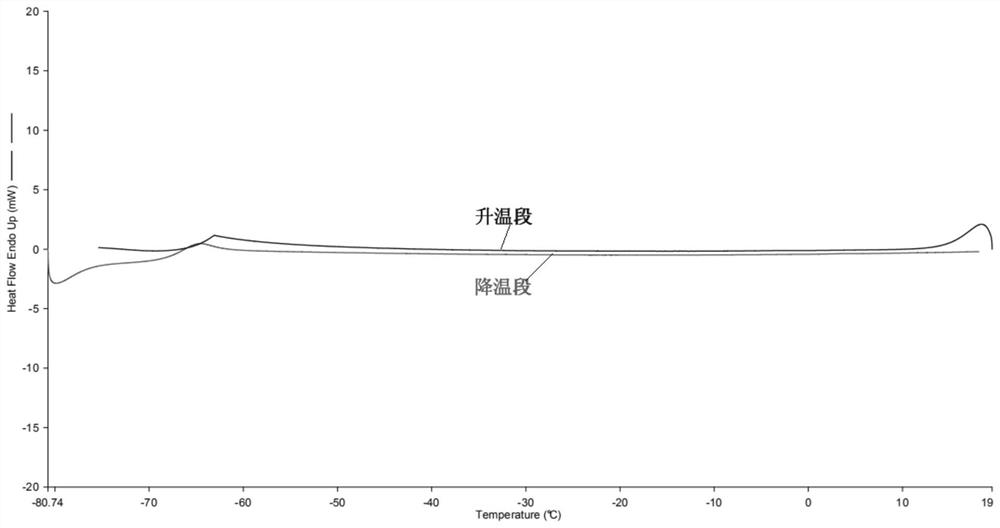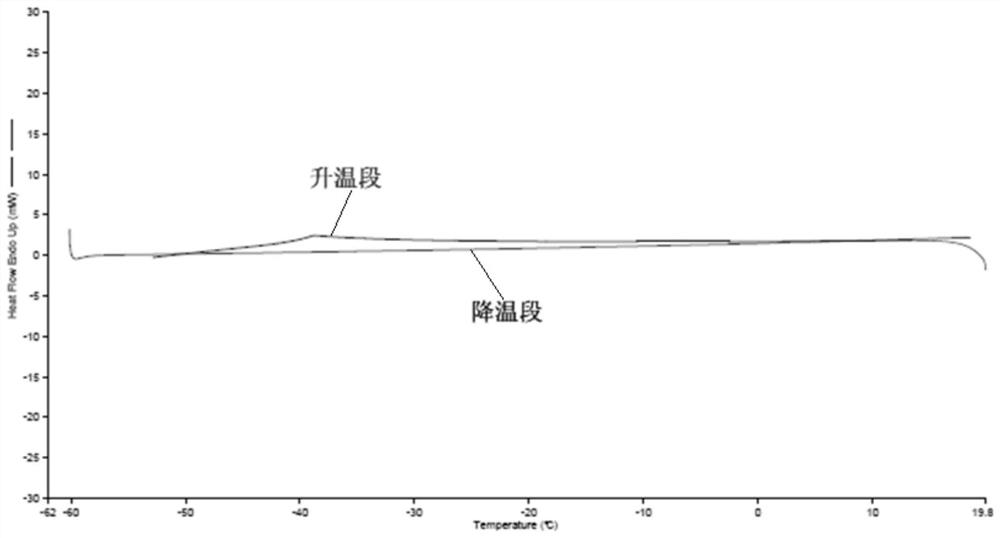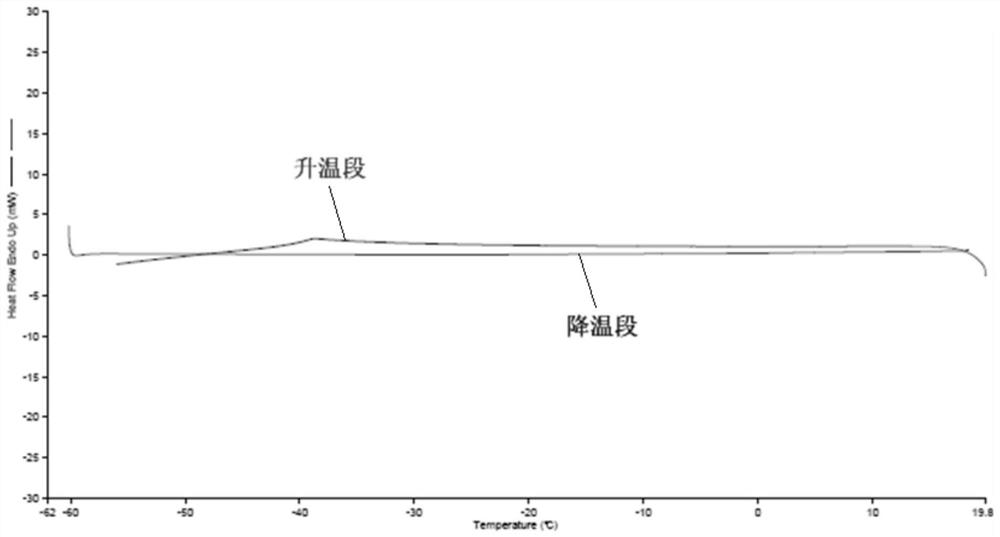Polyurethane acrylate oligomer, preparation method thereof, coating composition and application of coating composition
A technology of urethane acrylate and hydroxy acrylate, applied in the field of urethane acrylate oligomer and its preparation
- Summary
- Abstract
- Description
- Claims
- Application Information
AI Technical Summary
Problems solved by technology
Method used
Image
Examples
preparation example Construction
[0081] On the other hand, the embodiment of the present invention also provides a preparation method of any one of the above-mentioned urethane acrylate oligomers, the preparation method comprising the following steps:
[0082] Step 1: Under the action of the second catalyst, the diisocyanate and the polymer polyol are subjected to the first reaction to obtain the first reaction product, and the first reaction is stopped after the isocyanate group in the first reaction product reaches the first designed amount.
[0083] By making the isocyanate group in the first reaction product reach the first design amount, the reaction residual amount of the isocyanate group is controlled within the design range, so as to facilitate the control of the structural regularity of the first reaction product, which is beneficial to more easily obtain Urethane acrylate oligomer of desired structure.
[0084] Step 2: Under the action of the second catalyst, make the first reaction product react wi...
Synthetic example 1
[0118] The hydroxyethyl acrylate of 1mol and the caprolactone of 1.05mol are joined in the reactor, then add 3% (mass percent) methyl hydrogen kine and 0.15% (mass percent) stannous octoate, carry out ring opening at 130 ℃ For the reaction, use HPLC to detect the caprolactone content until the caprolactone content is less than 0.1% (mass percentage), and separate by column chromatography to obtain the product with a=1.
[0119]Add 0.8 mol and 0.84 mol of tetrahydrofuran of the above-mentioned isolated products into the reactor, then add 1% methyl hydrogen and 0.1% trifluoromethanesulfonic acid, carry out ring-opening reaction at 50 ° C, stop after 10 hours of reaction, pass Column chromatography separates the a=1, b=1 product.
[0120] Add 0.4mol of the isolated product and 0.42mol of γ-butyrolactone into the reactor, then add 3% methyl hydrogen kinetolate and 0.1% stannous octoate, carry out ring-opening reaction at 130°C, and use HPLC to detect γ-butyrolactone Butyrolactone...
Synthetic example 2
[0123] Add 1 mol of hydroxyethyl acrylate and 1.05 mol of caprolactone into the reactor, then add 3% methyl hydrogen quinone and 0.2% stannous octoate, carry out ring-opening reaction at 130°C, and use HPLC to detect caprolactone content until the caprolactone content is less than 0.1%, the product with a=1 is obtained by column chromatography. Add 0.4mol and 0.42mol of γ-butyrolactone of the above-mentioned isolated products into the reactor, then add 3% methyl hydrogen kinetolate and 0.2% stannous octoate, carry out ring-opening reaction at 130°C, and use HPLC to detect γ-butyrolactone. Butyrolactone content, until the gamma-butyrolactone content is less than 0.1%, separated by column chromatography to obtain a=1, b=0, c=1 hydroxy acrylate 2, the structure is as follows:
[0124]
PUM
| Property | Measurement | Unit |
|---|---|---|
| elastic modulus | aaaaa | aaaaa |
| thickness | aaaaa | aaaaa |
| adhesivity | aaaaa | aaaaa |
Abstract
Description
Claims
Application Information
 Login to View More
Login to View More - R&D
- Intellectual Property
- Life Sciences
- Materials
- Tech Scout
- Unparalleled Data Quality
- Higher Quality Content
- 60% Fewer Hallucinations
Browse by: Latest US Patents, China's latest patents, Technical Efficacy Thesaurus, Application Domain, Technology Topic, Popular Technical Reports.
© 2025 PatSnap. All rights reserved.Legal|Privacy policy|Modern Slavery Act Transparency Statement|Sitemap|About US| Contact US: help@patsnap.com



